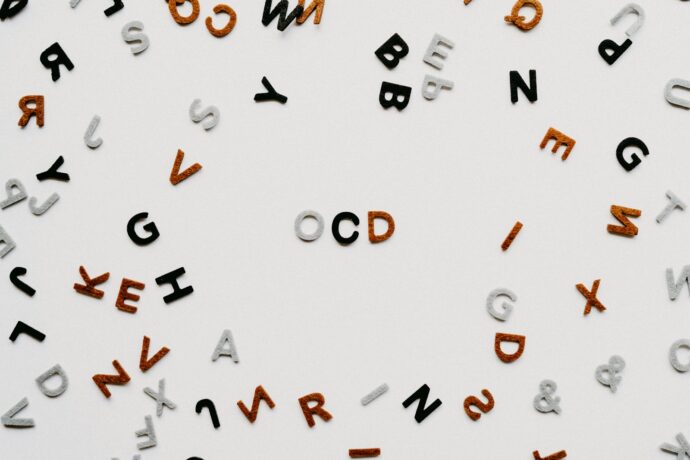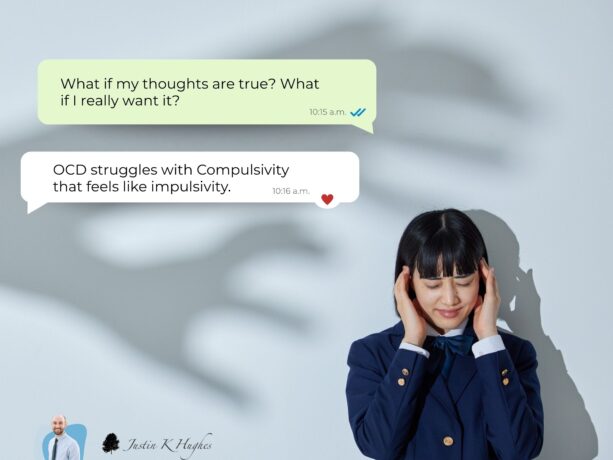I don’t want to live my life being overly cautious, but rather appropriately cautious.
We are discovering in the research of anxiety disorders, OCD, and now depressive disorders, that possessing an Intolerance of Uncertainty (IU) is a common construct linked with higher anxiety and life disruption.
What is IU?
My favorite definition: “Belief that uncertainty, newness, and change are intolerable because they are potentially dangerous” (Steketee et. al 2005, p. 125). IU links threat with uncertainty.
But is uncertainty a threat? Take a moment and ponder one of your favorite memories. What did it involve? Was there any risk? Any vulnerability? Any chance of failure? Most of the best life stories I hear are of those that involve, well, all of these things.
A person who cannot tolerate not knowing actually misses out. How? Isn’t knowledge power?
What happens is this: the more control a person must have, the less control a person has. The more certainty that is sought, the more narrowly circumscribed life becomes. Quick examples:
- Job/Career- waiting on having “the answer” for the best job as opposed to taking steps to explore.
- Medical- incessantly pursuing answers where mystery exists.
- Spiritual- assumptions that not having tangible proof is equated with disproving, OR the opposite, that strong belief requires being closed and inflexible.
- Relationship certainty- requiring feelings of certainty to determine the right direction.
- Financial- hoarding to “guarantee” security.
- Personal safety- avoidance of people and places because of a generalized, esoteric concern for safety.
Want to know how you handle uncertainty? Take the free IUS-12 assessment here. [Go to “Read More” below to find out how to score the assessment.]
Let’s be clear: everyone is uncomfortable with some uncertainty. And reasonable protection from risks is part of being wise- which can also be subjective. But the more you necessitate that certainty must exist, the following is more likely to happen:
- Lowered confidence
- Sense of unfairness in unpredictability
- Diminished perceived control
- High anxiety
- Procrastination
- Increased stress and anxiety
- Compulsive checking
- Possible higher anxiety in daily hassles that everyone faces
In the research on IU, there are also two subset strategies identified: Prospective anxiety (desire for predictability) and Inhibitory anxiety (uncertainty paralysis) (Fourtounas et. al 2016).
- Prospective Anxiety is a desire for predictability, which actively seeks information and certainty:
- Know the future and what it holds
- Excessive reassurance-seeking
- Excessive information-seeking to know what the future holds
- Checking obsessively
- Engaging in compulsive planning
- Unwilling to leave the results to chance
- Inhibitory Anxiety is related to ‘uncertainty paralysis’, and is more avoidant:
- Being stuck
- Unable to respond effectively
- Cognition and activity paralysis
- Unwilling to leave the results to chance
If you struggle with any of these, the next questions is this: How do I live with uncertainty and anxiety, while also taking suitable precautions?
The solution is fairly straightforward, but not easy.
Once a problem area has been identified (along with what is reasonable, normative, or within your values), gradually and consistently gain ground by pressing into your fear without using a false reassurance strategy that reinforces the false threat of uncertainty.
In therapy, one of the most powerful tools that exists to deal with uncertainty is what we call Exposure and Response Prevention (ERP). This is the single most effective tool in treating OCD, and it is very valuable in other disorders. The reasons it usually has to be done in therapy are several:
- Anything higher than a mild severity level makes it near impossible to work on without help
- ERP requires knowing many of the ins-and-outs of how a person might try to escape facing their fears (and these can be so subtle that the therapist may not even catch them occurring in a session unless they know to ask about them).
- Give yourself a break- almost no one on the face of this planet sets difficult goals for themselves- and keeps them consistently- without the conversation, support, problem-solving, and feedback from others. Don’t minimize how hard it is to face fear!
I personally love Exposure because it helps me face life with a “bring-it-on” attitude rather than a “stumble-through-best-I-can.” ERP in therapy is very specific, very structured, and very powerful. However, even the person who is not in therapy can benefit from its principles:
- Face your fear, realistically, gradually.
- Don’t hide from it or reinforce it.
- Learn from your new experiences. Evaluate new evidence.
“Some men storm imaginary Alps all their lives, and die in the foothills cursing difficulties which do not exist.” ~Edgar Watson Howe
So what uncertainty are you not letting yourself live with? When is ‘not knowing’ unacceptable to you? Uncertainty is not the problem. It is unrealistic to be 100% certain about most everything in life. Life has few certificates of guarantee, and those are only as good as what is backing them. Ready to face your uncertainty?
~Justin
References
Fourtounas, Alice & Thomas, Sue. (2016). Cognitive factors predicting checking, procrastination and other maladaptive behaviours: Prospective versus Inhibitory Intolerance of Uncertainty. Journal of Obsessive-Compulsive and Related Disorders. 9. . 10.1016/j.jocrd.2016.02.003.
Frost, R. O., & Steketee, G. (2005). Cognitive approaches to obsessions and compulsions: theory, assessment, and treatment. Amsterdam: Pergamon.
IUS-12
IUS-12 accessed from http://www.midss.org/content/intolerance-uncertainty-scale-short-form-ius-12. The scoring is simple- the higher your score, the more anxiety is characteristic of you- and potential distress that you face. Prospective Anxiety Subscale: sum of items 1,2,4,5,8,9,11. Inhibitory Anxiety Subscale: sum of items 3,6,7,10,12.









Leave a Reply